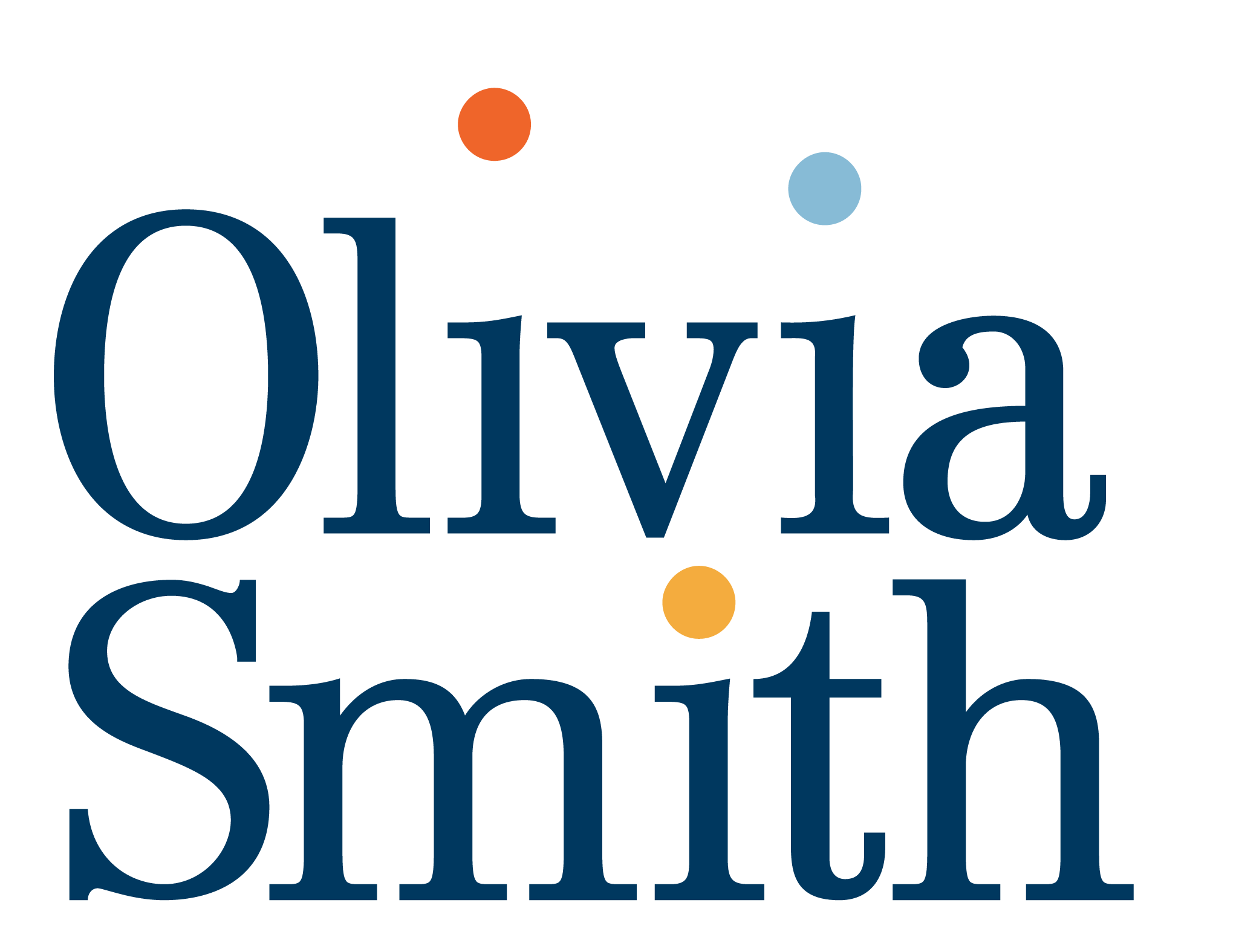Updating the current course registration process to fit actual students’ needs.
Project Includes:
Problem:
Defining problem areas across the site with users and establishing new registration processes to address these issues.
Project Limitations:
• Eight week timeline
• One person team
Solution:
A new and improved registration site for students.
To begin defining the problem areas on the site, I interviewed a few students at Ferris State University.
Some of the problems students identified in interviews were:
For more in-depth data on these problem areas, I conducted a timed user test on each student to find the pages and tasks with the most problems. According to Nielsen Norman Group, “users leave a web page within 10-20 seconds when they can’t immediately find the information they need.” For students, however, registering for classes is a priority. Since there’s not option to leave, this translates to frustration and stress.
Task 1: Finding Advisor and Registration Information.
Task 1 asked students to start at the home page of Ferris State University and then access the page with their advisor contact information.
Registration time and advisor contact information were basic details that all students reported accessing in the initial stage of their registration process, and they reported having difficulty getting into contact with their advisor. One student stated:
I didn’t know this [registration] page existed. Usually I just try and register, knowing it will fail, and then it tells me when I register for classes.
With this new registration site I developed, the number of clicks to complete Task One was reduced from 8 to 5. Students are imminently directed to check their status upon login to see when their registration time slot is and message their academic advisors directly.
Task 2: MyDegree
Task 2 asked students to access their MyDegree unofficial transcript from the Registration Time/Advisor Information page that the last task left off on.
While the page did not have a high click count, each student commented on its slow loading speeds and how it was “almost always like this.”
I significantly reduced the loading speed of the MyDegree page. The refined site now summarizes a student’s “Needed Classes” list and gives suggestions on which classes to take for the next three semesters, based on the “Needed Classes.” The suggestions give students more direction when beginning to search for classes.
Task 3: Organizing Classes
Task 3 asked users to choose one of the classes they have yet to take from MyDegree and look up when it’s offered in the fall. For this task, users took two different paths.
Because the second path worked very well for the two students and was within the 20 second time frame, I decided to continue with that method.
Students can click on the course offered in their list, and it brings them directly to their MySchedule page, where the class time offerings are showcased. Students can also manually search a class if they want to find one that isn’t on their required courses.
Task 4: Registration Process
During Task 4, I asked users to walk me through the process they would take to register for the class that they just looked up. This task was a bit more difficult to document the route and count clicks for, as the current process also involved either copy and pasting a 5-digit CRN code or writing the code down and manually typing it in.
Students were having to double-check their code to make sure that they signed up for the right section of a class; one number off can mean a completely different time slot or course. Though it only takes a few seconds to do, delaying too long can mean students miss out on important and competitive classes and must change their entire schedule.
The refined site allows student search classes and times and place a class on a “selected list,” which also places the class onto a schedule so students can more easily see what classes can fit into a semester. Having all these functions on one screen eliminates the need for students to flip back and forth between tabs.
The new registration process removes CRN codes, eliminating the need to quickly double check numbers. Students simply click the “add” button to register to help reduce stress amongst students when registering.
